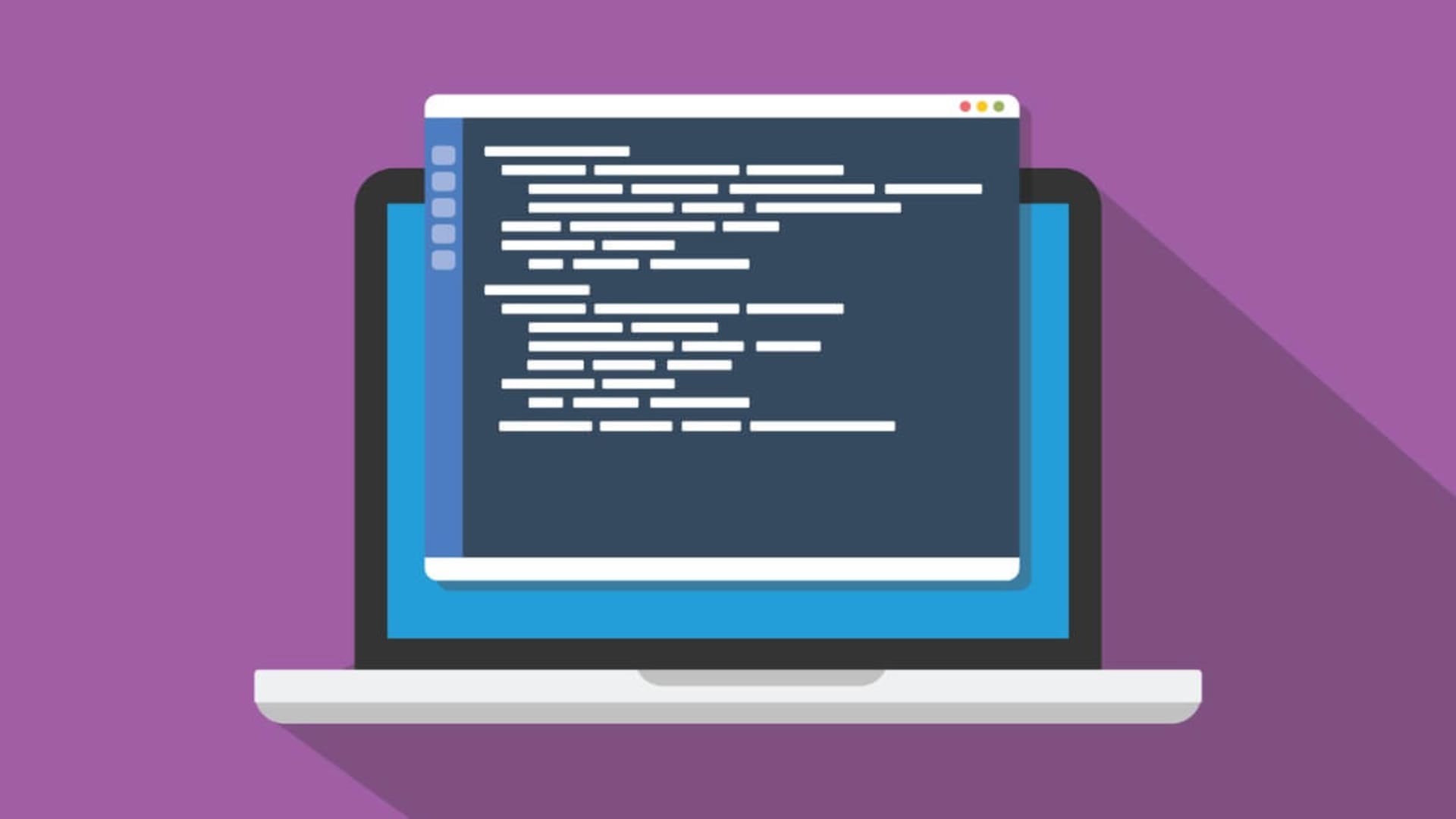- Home
- Our Methodologies
Methodologies
Our Methodologies
Our top 1% tech talent leverages industry-standard software development methodologies to deliver robust end-to-end solutions.

Design Thinking
Design thinking is a human-centric approach to innovation and problem-solving. It encourages empathy, ideation, and experimentation to create user-centered solutions. Everything we do follows this guiding principle.Here are some of the ways we help our healthcare clients.

The Process
1. Empathize
Conduct user research to gather insightful information about end-users’ needs and problems.
2. Define
Clearly define the problem based on insights gathered during the first phase.
3. Ideate
Brainstorm creative solutions and encourage divergent thinking to explore various possibilities.
4. Prototype
Develop a tangible or visual representation of the solution to test its functionality and effectiveness.
5. Test
Test the prototype with users to gather feedback and learn about its strengths and weaknesses.
6. Iterate
Based on feedback, iterate and refine the solution to enhance its effectiveness and alignment with user needs.
Best Practices We Implement
User-centric focus
Conduct user research to gather insightful information about end-users’ needs and problems.
Iterative development
Develop a tangible or visual representation of the solution to test its functionality and effectiveness.
Collaborative work environment
Brainstorm creative solutions and encourage divergent thinking to explore various possibilities.
Rapid prototyping
Clearly define the problem based on insights gathered during the first phase.
Agile
Agile is a set of principles for software development. It prioritizes customer satisfaction through continuous improvement and iterative progress.It is ideally utilized in environments where product requirements are expected to change and evolve over time. Agile is standard practice for most of our projects.

Our Process
1. Requirement gathering
Collect and analyze project requirements, prioritizing them based on stakeholder value.
2. Iteration planning
Plan short development cycles with clear objectives for each phase.
3. Development
Develop features iteratively, encouraging regular collaboration and feedback.
4. Testing and integration
Implement continuous testing and integration to ensure module compatibility and stability.
5. Review and adaptation
Frequently assess project progress, adapting plans based on evaluations and feedback.
6. Deployment and feedback
Execute incremental releases, incorporating feedback loops for continuous improvement.
Best Practices We Implement
Continuous integration and deployment
Employ CI/CD pipelines for rapid and reliable releases.
Feedback loops
Establish regular feedback loops with stakeholders and users.
Automated testing
Implement automated testing when possible for faster, more reliable test execution.
Test-driven development
Adopt test-driven development for robust and error-free code.
Code modularity
Ensure the codebase remains modular and maintainable.
Code refactoring
Regularly refactor code to improve its structure and readability.
Scrum
Scrum is a flexible and iterative Agile framework that's ideal for managing complex software and product development using incremental progress through sprints. It is best suited to projects where requirements might change rapidly and there is a need for frequent adaptations. All of our teams are led by a certified Scrum Master and Product Owner.
Our Process
1. Project backlog creation
Identify and document the project requirements.
2. Sprint planning
Prioritize and select backlog items for the next sprint.
3. Sprint
Execute tasks with timeboxing (typically within 2-4 weeks).
4. Daily scrum
Conduct daily team meetings to ensure alignment and discuss progress and roadblocks.
5. Sprint review
Evaluate the output and present it to stakeholders.
6. Sprint retrospective
Reflect on the process and make necessary adjustments for future sprints.
Best Practices We Implement
Continuous Integration
Merging and automatically testing code changes to maintain quality and consistency.
Automated testing
Implement automated testing when possible for faster, more reliable test execution.
Modular design
Build the software in manageable, incremental units.
Regular reviews
Conduct code and design reviews to encourage collaboration and knowledge sharing among team members.
Definition of Done
Clearly define what "done" means for each user story to ensure a shared understanding of completeness.
DevOps
DevOps is an “infinite-loop” methodology that integrates software development (Dev) and IT operations (Ops) to enhance collaboration and productivity. It’s used in projects where rapid, continuous delivery is a priority.
Our Process
1. Planning and collaboration
Collaboratively plan and define project requirements.
2. Code development
Develop code emphasizing version control and collaboration.
3. Continuous integration
Integrate code changes regularly and automatically test them.
4. Deployment
Employ automated tools for seamless deployments.
5. Monitoring and feedback
Monitor system performance and gather feedback for improvements.
6. Automation and optimization
Continuously automate repetitive tasks and optimize processes.
Best Practices We Implement
Infrastructure as code (IaC)
Manage and provision infrastructure using code, enabling automation, version control, and consistency in deployment and management processes.
Monitoring and logging
Implement monitoring and logging to track system performance and issues.
Continuous integration/continuous deployment (CI/CD)
Automate the deployment pipeline to facilitate rapid releases.
Lean
Lean software development focuses on delivering value to the customer by optimizing resources and eliminating waste. This approach is ideal for projects with well-defined value streams and a strong focus on efficiency.
Our Process
1. Identify business value
Determine the business value from the customer's perspective.
2. Map value stream
Map the process steps and identify wasteful activities.
3. Create flow
Establish a steady and efficient workflow.
4. Establish pull
Let customer demand dictate the workflow.
5. Deliver fast
Maintain efficiency and continuously improve processes.
Best Practices We Implement
Eliminate waste
Focus on eliminating unnecessary steps and activities.
Optimize the whole
Focus on optimizing the entire process, not just individual components. Build high-quality, long-term solutions.
Built-in QA
Integrate quality assurance throughout the development process.
Empower the team
Encourage team members to take ownership and contribute to improvements. Build trust and rely on each other’s expertise instead of micromanaging teams.
Rapid Application Development (RAD)
Rapid Application Development (RAD) facilitates swift software development through iterative prototypes and user feedback, making it an excellent choice for projects with undefined or rapidly changing requirements.
Our Process
1. Requirement identification
Identify basic project requirements.
2. Prototype development
Develop initial prototypes to visualize functionalities.
3. User evaluation
Obtain user feedback on prototypes.
4. Refinement
Refine the application based on feedback.
5. Iterative development
Repeat the cycle until the product meets the desired standards.
6. Final implementation
Implement the final version of the application and launch it.
Best Practices We Implement
Modular design
Adopt a modular design approach for easy changes and adaptations.
Flexible planning
Makes it easier to pivot, and adapt to changing requirements.
User-centric development
Adjust development based on user research and insights.
Automated testing and integration
Implement automated testing and continuous integration for quality assurance.
Prototype Methodology
In the prototype methodology, a preliminary version of the software is developed to gather user feedback and clarify requirements, which then guides the development of the final product.Our Process
1. Requirement identification
Identify initial project requirements.
2. Initial prototype development
Develop a preliminary software version focusing only on the visual features.
3. User evaluation
Collect user feedback on the prototype.
4. Refinement
Refine the system based on user feedback.
5. Iteration
Repeat the process until the system meets the user's expectations.
6. Final development
Develop and refine the final software version based on the information gathered from the initial prototype.
Best Practices We Implement
User involvement
Actively engage users to gather relevant feedback.
Iterative development
Embrace iterative development to continuously improve the prototype.
Flexible design
Maintain a flexible design and modular approach to easily accommodate changes.
Feedback integration
Integrate feedback effectively to align the product with user expectations.
“
How Businesses Can Overcome the Software Development Shortage
“
BairesDev Ranked as one of the Fastest-Growing Companies in the US by Inc. 5000

Want to accelerate software development at your company?
See how we can help.Schedule a Call
See how we can help.Schedule a Call



